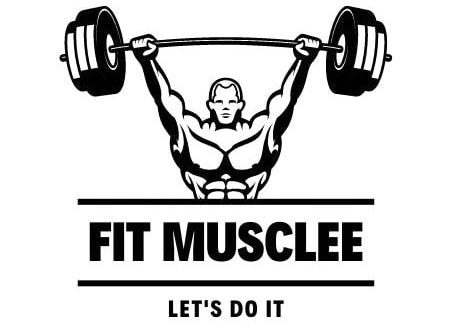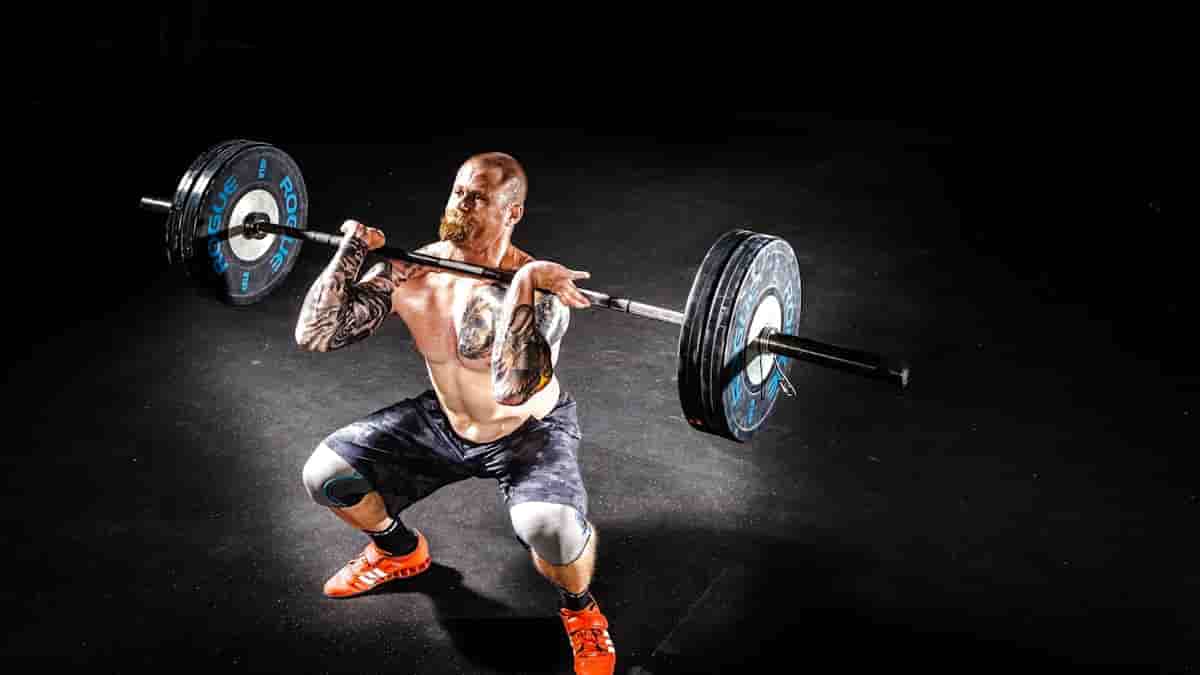Here is your complete guide to zercher squat vs back squat.
Introduction to Zercher Squat vs Back Squat
When it comes to strength training, the debate between the zercher squat vs back squat is a common topic among fitness enthusiasts. Understanding the differences between these two squat variations is crucial for optimizing your workout routine. This article will explore the nuances of each exercise, their biomechanics, muscle engagement, practical applications, and more.
Overview of Exercises: Zercher Squat vs Back Squat
Back Squat: The back squat is a foundational exercise in strength training where a barbell is placed across the upper back. This exercise primarily targets the lower body muscles, including the quadriceps, hamstrings, and glutes. It is widely regarded for its ability to build overall strength and muscle mass.
Zercher Squat: The Zercher squat involves holding a barbell in the crooks of your elbows while squatting. This unique position shifts the center of gravity forward, engaging different muscle groups and requiring greater core stability. It’s particularly beneficial for developing functional strength and improving squat mechanics.
Biomechanics Comparison: Zercher Squat vs Back Squat
Bar Position and Stability
The positioning of the barbell plays a significant role in how each squat affects your body mechanics. Below is a comparison table illustrating the differences:
| Back Squat | Zercher Squat | |
|---|---|---|
| Bar Placement | Rear base support | Forward base support |
| Center of Gravity | Closer to hips | Shifted forward |
| Stability | More stable due to posterior load | Requires more core engagement |
Core Engagement
The core plays a vital role in both exercises but is engaged differently:
- Back Squat:
- Primarily engages the posterior chain (lower back).
- Provides stability through a more upright torso position.
- Zercher Squat:
- Requires significant core activation to maintain an upright position.
- Engages stabilizing muscles in the abdomen and lower back due to the anterior load.
Muscle Targeted: Zercher Squat vs Back Squat
Primary Muscle Groups Involved
Both squats target similar muscle groups but emphasize them differently:
- Back Squat:
- Gluteals: Major contributor to hip extension.
- Hamstrings: Assist in knee flexion and hip extension.
- Quadriceps: Primary movers during the upward phase.
- Zercher Squat:
- Quadriceps: Heavily engaged due to knee extension.
- Gluteals: Contribute significantly during ascent.
- Lower Back: Works hard to stabilize the torso.
Secondary Muscle Groups Engaged
In addition to primary muscle groups, both exercises also engage secondary muscles:
- Back Squat:
- Adductor Magnus: Assists with stability during squats.
- Zercher Squat:
- Trapezius and Rhomboids: Help stabilize the barbell during the movement.
Training Considerations: Zercher Squat vs Back Squat
Technical Complexity
Understanding the technical demands of each exercise can help you choose which one suits your goals better:
- Ease of Execution:
- Back Squats: Generally easier for beginners due to familiar mechanics.
- Zercher Squats: May require practice to master proper form but are easier on the wrists.
- Technical Demands:
- Back Squats: Require attention to form to avoid injuries.
- Zercher Squats: Demand good flexibility and core strength for effective execution.
Loading Potential
The loading potential varies significantly between these two exercises. Below is a comparative table showing typical weights lifted:
| Typical Weights Lifted | |
|---|---|
| Back Squat | Higher (often allows for heavier loads) |
| Zercher Squat | Generally lower (due to increased difficulty in maintaining position) |
Practical Applications: Zercher Squat vs Back Squat
Functional Fitness
Both squats have practical applications that can enhance your daily life:
- Back Squat:
- Builds overall strength, making daily activities easier.
- Enhances athletic performance by improving explosive power.
- Zercher Squat:
- Mimics real-life movements (like picking up heavy objects).
- Improves posture and functional strength through core engagement.
Injury Prevention
Injury prevention strategies are essential when incorporating these exercises into your routine:
- For both exercises:
- Warm-up properly before lifting.
- Focus on maintaining correct form throughout each rep.
- Specific tips:
- Back Squats: Ensure knees track over toes to prevent strain.
- Zercher Squats: Keep elbows close to body to avoid shoulder strain.
Variations and Modifications of Zercher Squat vs Back Squat
To keep your workouts engaging and effective, consider incorporating variations of each squat:
Common Variants Used With Each Exercise
Back Squat Variants
- Front Squats
- Box Squats
- Pause Squats
Zercher Variants
- Zercher Good Mornings
- Zercher Lunges
- Zercher Split Squats
These variations can help target different muscle groups or adjust difficulty levels based on your fitness goals.
Common Mistakes to Avoid When Performing Zercher Squat vs Back Squat
Both the Zercher squat and back squat are powerful exercises that can enhance your strength training routine. However, improper technique can lead to injuries and hinder your progress. Here are some common mistakes to avoid for each squat variation.
Common Mistakes in Zercher Squats
- Leaning Too Far Forward
- Failing to Keep Your Elbows Up
- Lack of Upper Back Engagement
- Rounding of the Lower Back
- Knees Caving In
- Issue: Knees collapsing inward during the squat can lead to joint pain and instability.
- Solution: Ensure that your knees track in line with your toes throughout the movement, pushing against an imaginary band 5.
Common Mistakes in Back Squats
- Incorrect Bar Positioning
- Rounding Your Upper Back
- Poor Knee Alignment
- Lifting Heels Off the Ground
- Not Engaging Core Muscles
Avoiding these common mistakes in both Zercher squats and back squats is crucial for maximizing performance and minimizing injury risk. Focus on maintaining proper form, engaging core muscles, and ensuring correct alignment throughout each movement. By doing so, you will not only enhance your strength training effectiveness but also enjoy a safer workout experience.
Read Also: Why Is My Squat So Weak.
Frequently Asked Questions About Zercher Squat vs Back Squat
Which One Works My Glutes Better?
Both exercises effectively target glutes; however, research suggests that Zercher squats may engage them slightly more due to their hip-dominant nature and forward load.
Read Also: At Home Leg Press Alternative.
Can I Use Heavier Weights With Back Squats Than Zercher Squats?
Typically, yes. The back squat allows for heavier loads because it provides better leverage and balance compared to the Zercher squat.
Read Also: Barbell Front Squat Alternative.
Why Does My Form Break Down During Heavy Back Squats?
Form breakdown during heavy back squats can occur due to reliance on posterior chain stabilization methods or fatigue. Focus on maintaining an upright torso and proper knee tracking.
Read Also: Best Protein Shakes for Swimmers.
How Important Is Core Strength When Performing Zercher Squats?
Core strength is extremely important for effective execution of Zercher squats. A strong core helps resist forward lean and maintain proper posture throughout the movement.
Read Also: High Protein Wraps Recipe.
Are There Any Beginner-Friendly Options Amongst These Two Exercises?
Yes! Beginners might find Zercher squats easier initially due to their natural posture alignment requirements enforced by bar placement. However, both exercises can be modified for beginners.
Read Also: Alternatives to Preacher Curls.
Conclusion
In conclusion, both the Zercher squat and back squat offer unique benefits that cater to different fitness goals. Understanding their differences in biomechanics, muscle engagement, technical complexity, and practical applications will help you make an informed decision about which exercise best suits your needs. Whether you opt for one or incorporate both into your routine, remember that proper form and technique are key to maximizing benefits while minimizing injury risk.
Read Also: Foods That Increases Hemoglobin.
By integrating these insights into your training regimen, you can enhance not only your strength but also your overall fitness journey. Happy squatting!
Read Also: Alternative to Leg Press.

